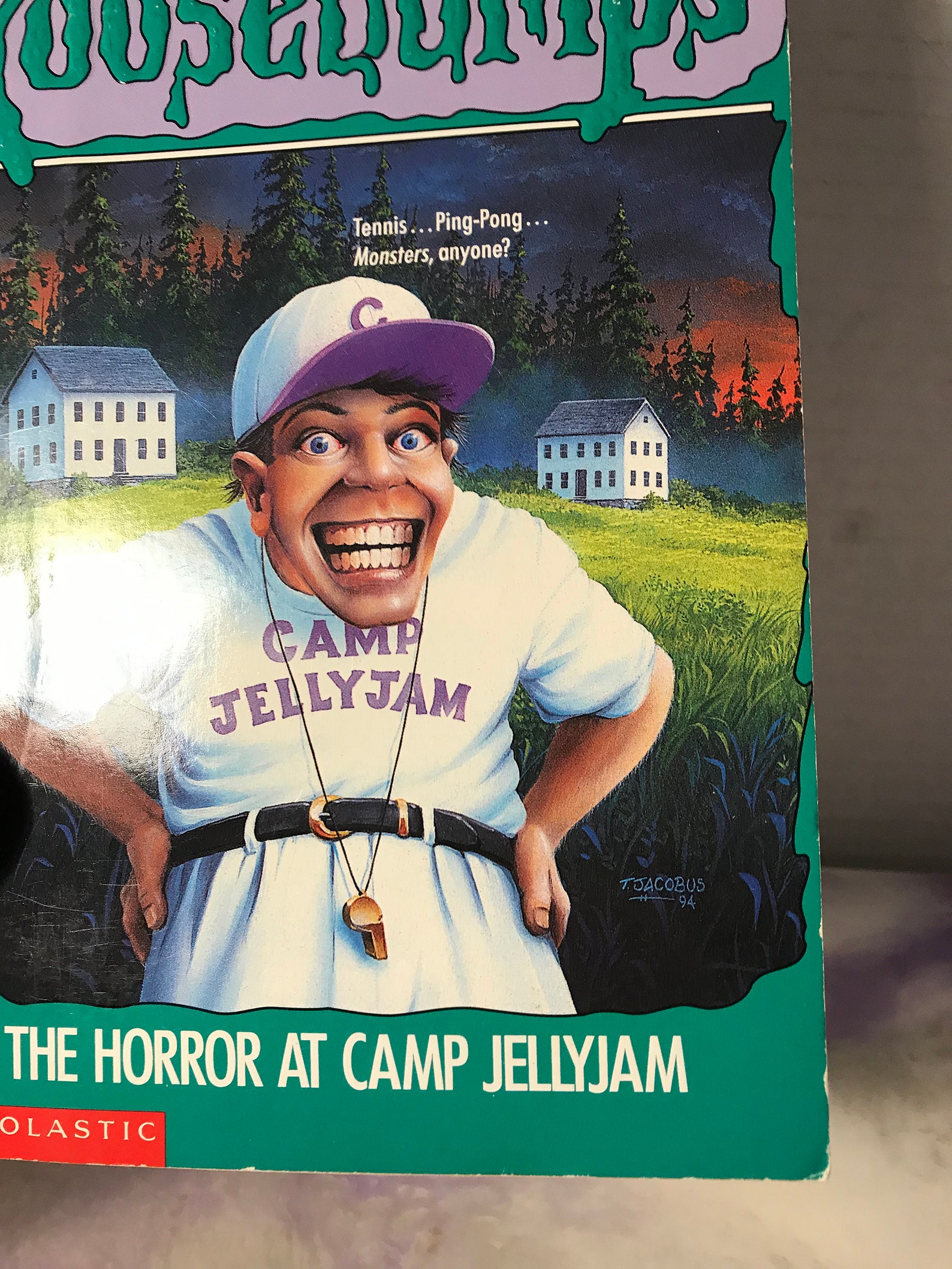

I started resurrecting these monsters a year ago, after reading an old Times profile of Stine, and have made steady progress through the series despite my guilty awareness that I aged out of their target readership more than a decade ago. I’ve been meeting them in the hour before I go to sleep each night, in the pages of “Goosebumps” books.

Here are some other acquaintances of mine renewed in the course of a pandemic year: a haunted mask that melds with its wearer’s skin a can of something called monster blood a ventriloquist’s dummy, come to life. The monsters don’t condescend to a 10-year-old’s sensibilities - or a 24-year-old’s. I saluted them as I tipped the empty nest into the garbage. For a moment, I imagined that the nest on my night stand was once occupied by bewildered bee-people, victims of botched body swaps, and that, like Gary Lutz, the whole hive had evacuated unscathed: no ordinary human bee-ings. I am mortally terrified of bees and wasps, but absurd body horror made my terror manageable, even funny. … ” The first time I saw it, I laughed out loud. The cover of the book features an illustration of a boy’s shocked face on a bee’s body, below the tagline: “He’s no ordinary human bee-ing.


Gary regains his body, and along the way secures a measure of respect from the neighborhood bullies. In this particular tale, a milquetoast underdog named Gary Lutz exchanges bodies with a bee through a mishap reminiscent of “The Fly.” Like Stine’s other stories, this one has a neat resolution. On the day that I finally threw it out, I’d just read “Why I’m Afraid of Bees,” an entry in the “Goosebumps” series of B-horror books for kids by R.L. (Saying no seemed rude somehow, like refusing a gift.) I put the nest on my night stand and shuddered every time I looked at it. I called the exterminator, who extracted the wedge-shaped lump of pulp with a crowbar and asked me if I wanted to keep it. This past summer, I found an old paper wasp nest in my bedroom window, in the space between the glass pane and the screen.


 0 kommentar(er)
0 kommentar(er)
